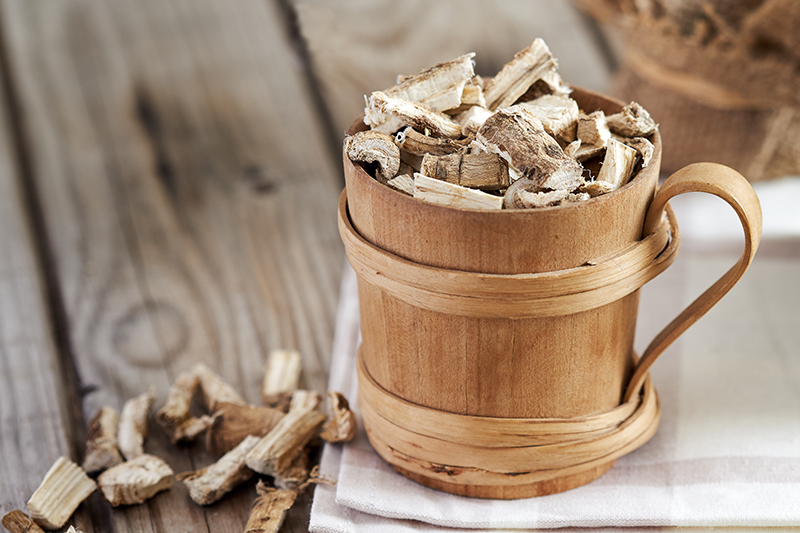Marshmallow Root Benefits
Marshmallow root is renowned for its anti-inflammatory properties as it contains a substance called mucilage, which forms a protective layer on the lining of the digestive tract. This can be particularly beneficial in soothing irritation and inflammation in the gut. It’s also known to be helpful in respiratory conditions, as it can soothe the irritated lining of the throat and lungs.
Beyond its anti-inflammatory effects, marshmallow root is a natural diuretic, helping the body flush out excess fluid. This makes it potentially beneficial for urinary health. It’s also thought to have antibacterial properties, which can be beneficial in fighting certain types of infections.
Historical Uses of Marshmallow Root
Marshmallow root has a rich history dating back to ancient times. The Egyptians used it as a delicacy and a treatment for sore throats. In medieval Europe, it was used to soothe coughs, colds, and digestive issues. It was also commonly used in traditional Chinese medicine for its healing properties.
One of marshmallow root’s most interesting historical uses was its application in wound healing. Its mucilaginous properties were thought to promote faster healing and reduce the risk of infection.
What is Marshmallow Root?
Marshmallow root comes from the Althaea officinalis plant, a perennial herb native to Europe, Western Asia, and North Africa. The plant’s leaves and flowers are also used in herbal remedies, but the root is the most potent part. It’s rich in mucilage, which is a sticky substance that becomes gel-like when mixed with water. This mucilage is what gives marshmallow root its soothing properties.
The root contains various other compounds, including pectin, antioxidants, and amino acids, contributing to its health benefits.
How to Take Marshmallow Root
Marshmallow root can be consumed in several forms. The most traditional method is as a tea, made by steeping dried root in hot water. This allows for gentle extraction of the mucilage and other beneficial compounds. It’s usually recommended to steep the root for at least five to ten minutes to get the most out of it.
Marshmallow root is also available in capsule and tincture form. These offer a more convenient way to consume the herb, especially for those who are always on the go.
Another interesting way to use marshmallow root is in topical applications. It can be applied as a poultice for skin irritations or minor wounds, leveraging its soothing properties.
Who Should Not Take Marshmallow Root
While marshmallow root is generally safe for most people, there are some cases where it might not be advisable. People with diabetes should be cautious, as marshmallow root can lower blood sugar levels. It’s always a good idea to consult with a healthcare provider before starting any new supplement, especially if you have a chronic health condition or are taking medication.
Pregnant or breastfeeding women should avoid marshmallow root, as there’s insufficient research on its safety in these populations. Additionally, because marshmallow root can coat the stomach lining, it might interfere with the absorption of other medications. Therefore, it’s recommended to take it a few hours apart from other medications.
Marshmallow root offers various health benefits, from soothing digestive and respiratory ailments to acting as a natural diuretic and antibacterial agent. Its historical uses underscore its value in traditional medicine, while modern applications continue to explore its potential. As with any supplement, it’s important to be mindful of individual health conditions and consult with a healthcare provider before incorporating marshmallow root into your health regimen. This fascinating herb reminds us of the power of nature in supporting our health and wellbeing!


Use Coupon Code: FREE
*Sorry, coupons can't be combined.